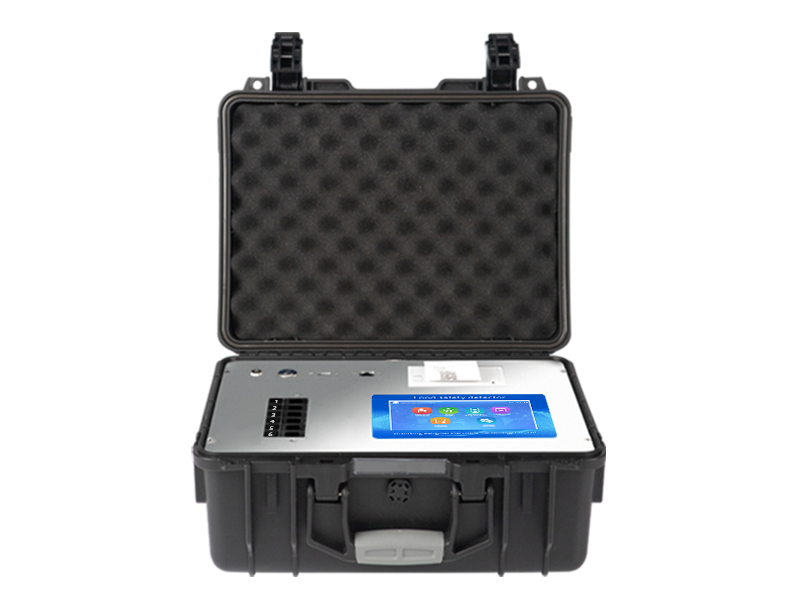In recent times, as food safety has garnered growing public and regulatory attention, food safety detectors—characterized by their robust detection capabilities—have become essential tools in safeguarding food safety. This integrated rapid detection device is capable of performing qualitative and quantitative analyses on more than 200 potential safety hazards throughout the food supply chain, thereby ensuring food safety from production to consumption.

Comprehensive coverage of testing items:
1. Detection of illegal additives: The device can accurately identify toxic and harmful substances such as formaldehyde, sodium dithionate, and borax, as well as prohibited additives such as Sudan red and melamine.
2. Pesticide and veterinary drug residue testing: It covers a wide range of pesticide residues, including organophosphorus and carbamate pesticides, as well as residues of veterinary drugs such as clenbuterol and antibiotics.
3. Heavy metal pollution detection: It is capable of detecting eight common heavy metal contaminants, including lead, cadmium, and mercury.
4. Food additive analysis: The device can measure the levels of more than 20 commonly used food additives.
5. Quality index testing: It includes the assessment of various quality indicators, such as peroxide value and acid value in oils and fats.
With the continuous enhancement of food safety standards, this food safety detector—capable of analyzing over 200 indicators—has become a crucial
technological asset in enabling full-chain supervision from farm to table.
Address of this article:http://www.hmfoodtesting.com/article/55.html


 Current
location:
Current
location:





